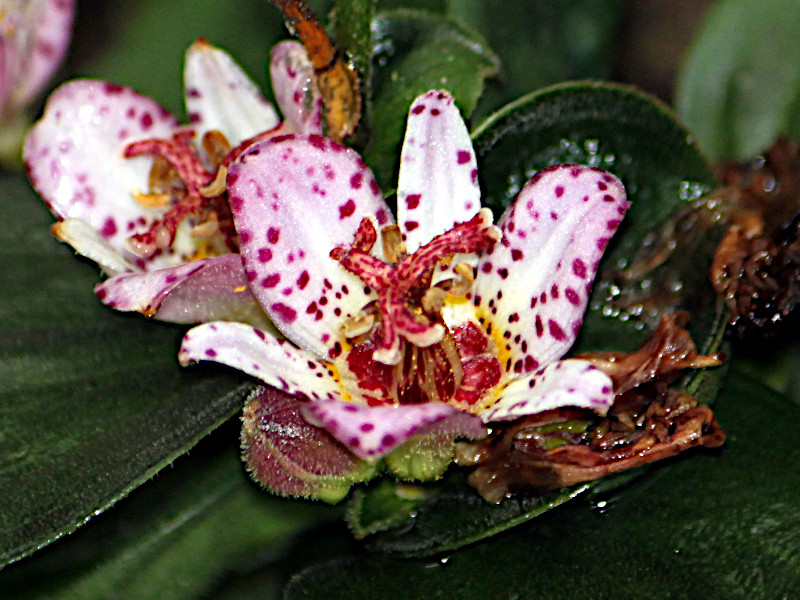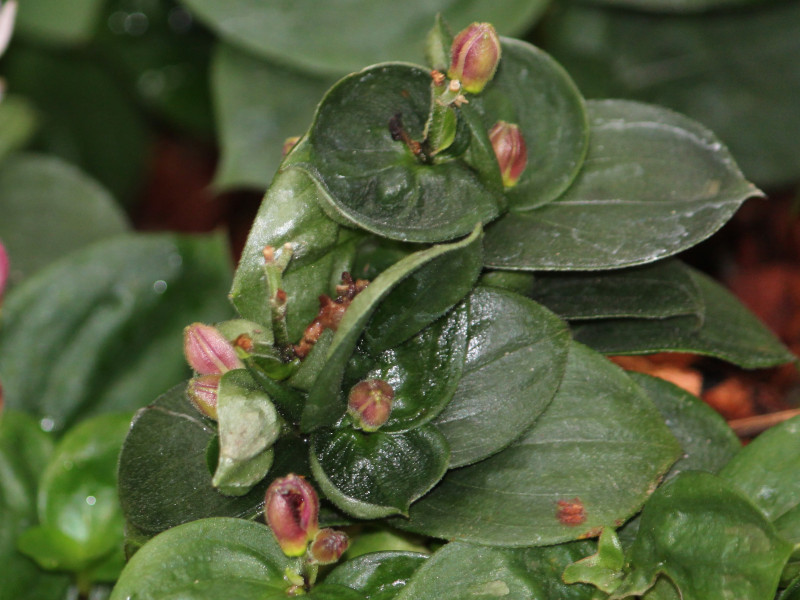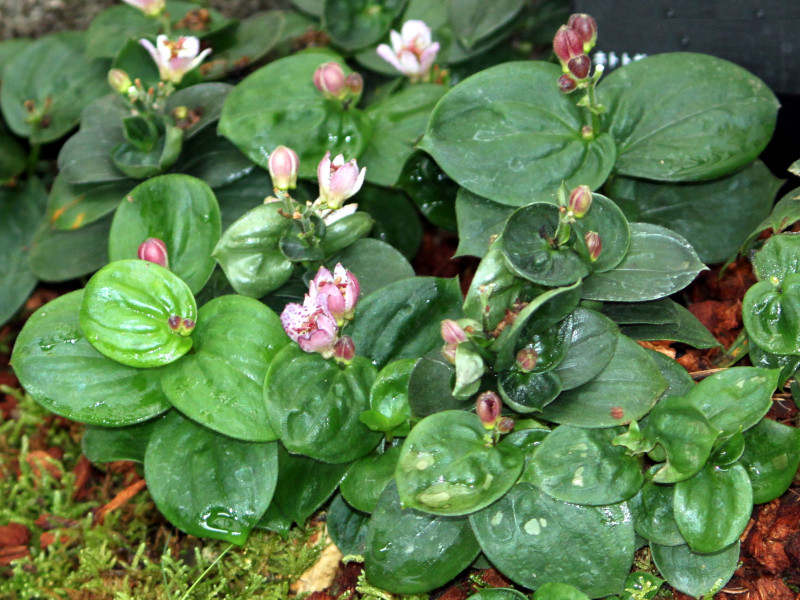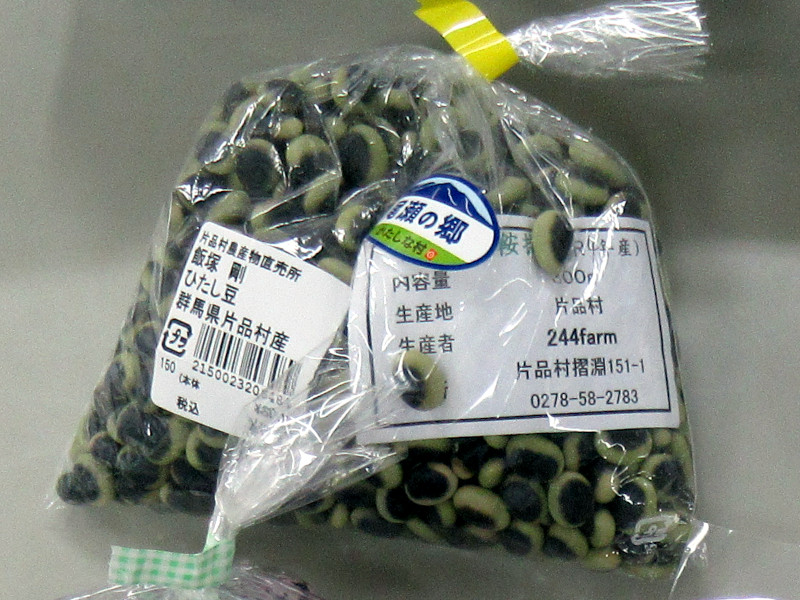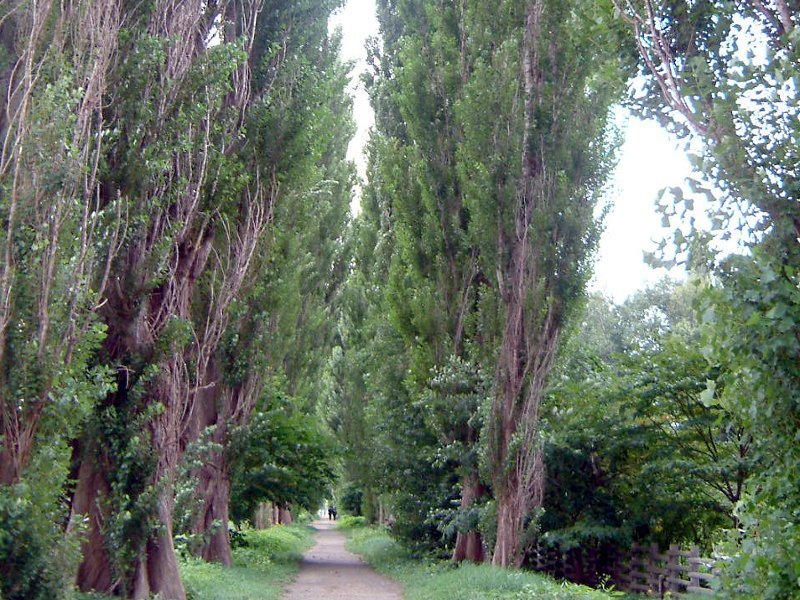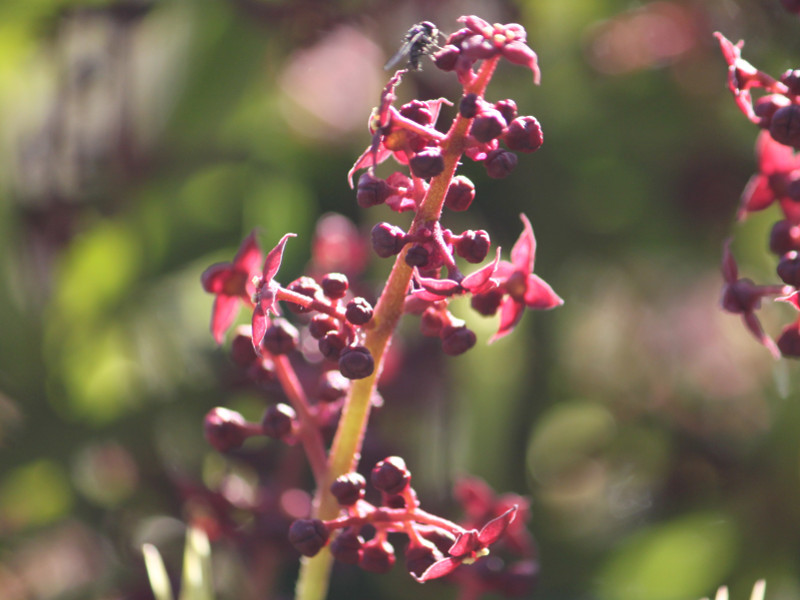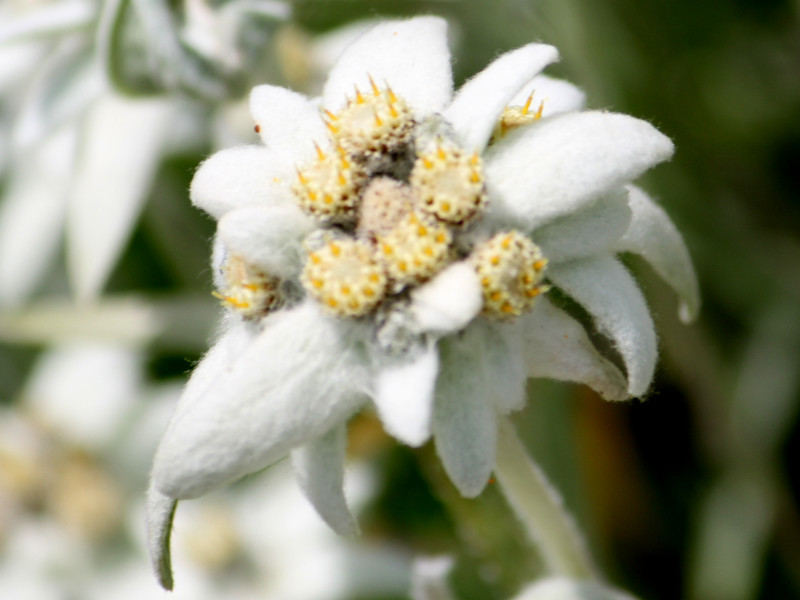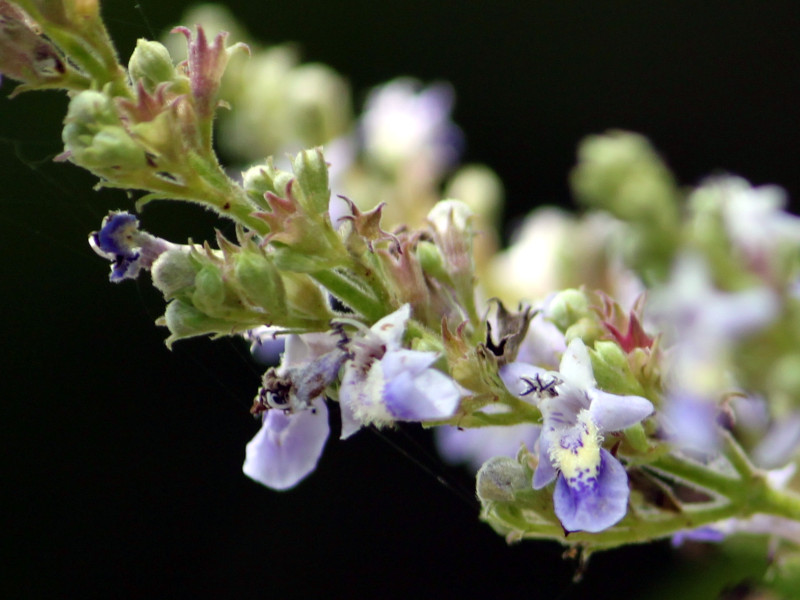Daruma toad lily
- Flower nameDaruma toad lily
- Scientific nameTricyrtis formosana ‘Daruma’
- Aliastoad-lily, 杜鵑草, 達磨杜鵑草, Daruma toad lily, Daruma
- Place of origina garden cultiva(Taiwan)
- Place of floweringGarden, Potted flower
- Flowering seasonSeptember, October
- Language of flowersWill potential
What is Daruma toad lily
Daruma toad lily (scientific name: Tricyrtis formosana 'Daruma') is a dwarf, deciduous perennial herb of the genus Tricyrtis formosana (Liliaceae) and one species (variety) of Taiwan tocorrhiza (scientific name: (Tricyrtis formosana).
T. formosana is a native Taiwanese species that blooms in autumn and is the parent plant of many varieties of T. formosana.
T. formosana 'Daruma' is a garden cultivar derived from T. formosana, which stands erect but only up to 30 cm in length and is stocky. The leaves are round, thick, and glossy, reminiscent of daruma (Daruma). In September and October, it produces a clustered inflorescence from the leaf axils that produces six-petaled flowers of about 3 cm in diameter with light reddish-purple petals and dark reddish-purple spots, similar to those of the bird, Photinus pyrifolia.
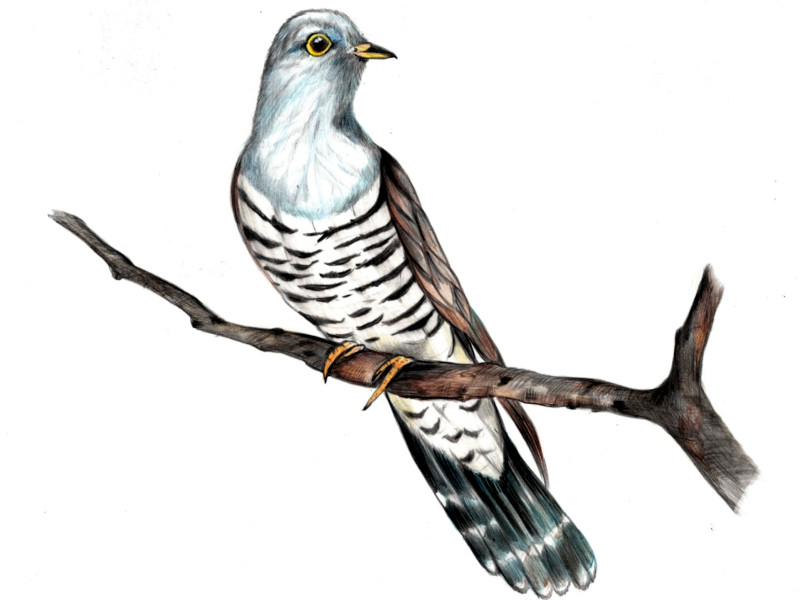
Lesser cuckoo (Cuculus poliocephalus)
Origin of scientific name
The genus name "Tricyrtis" is a compound of the Latin words "treis" (3) and "kyrtos" (curved), referring to the curved base of the three outer petals. The species name "formosana" means "Taiwanese" and the variety name "Daruma" refers to its grass-like appearance.
Common name: Daruma toad lily, scientific name: Tricyrtis formosana 'Daruma', Country of Origin: Taiwan, Living Environment: Semi-shady, Life Form: Dwarf deciduous perennial, Height: 20-30 cm, Leaf Color: Green, Leaf Shape: Oval, acute, Leaf Length: 8-10 cm, Leaf Width: 6-8 cm,Leaf Phyllotaxy: Alternate, Flower Inflorescence diameter, Flowering season: September-October; Flower shape: funnel-shaped/cupular (joint corolla); Number of petals: 6; Flower color: light reddish purple with scattered dark reddish purple spots; Flower diameter: 3 cm; Fruit type: capsule; Use: potted or in the garden.
